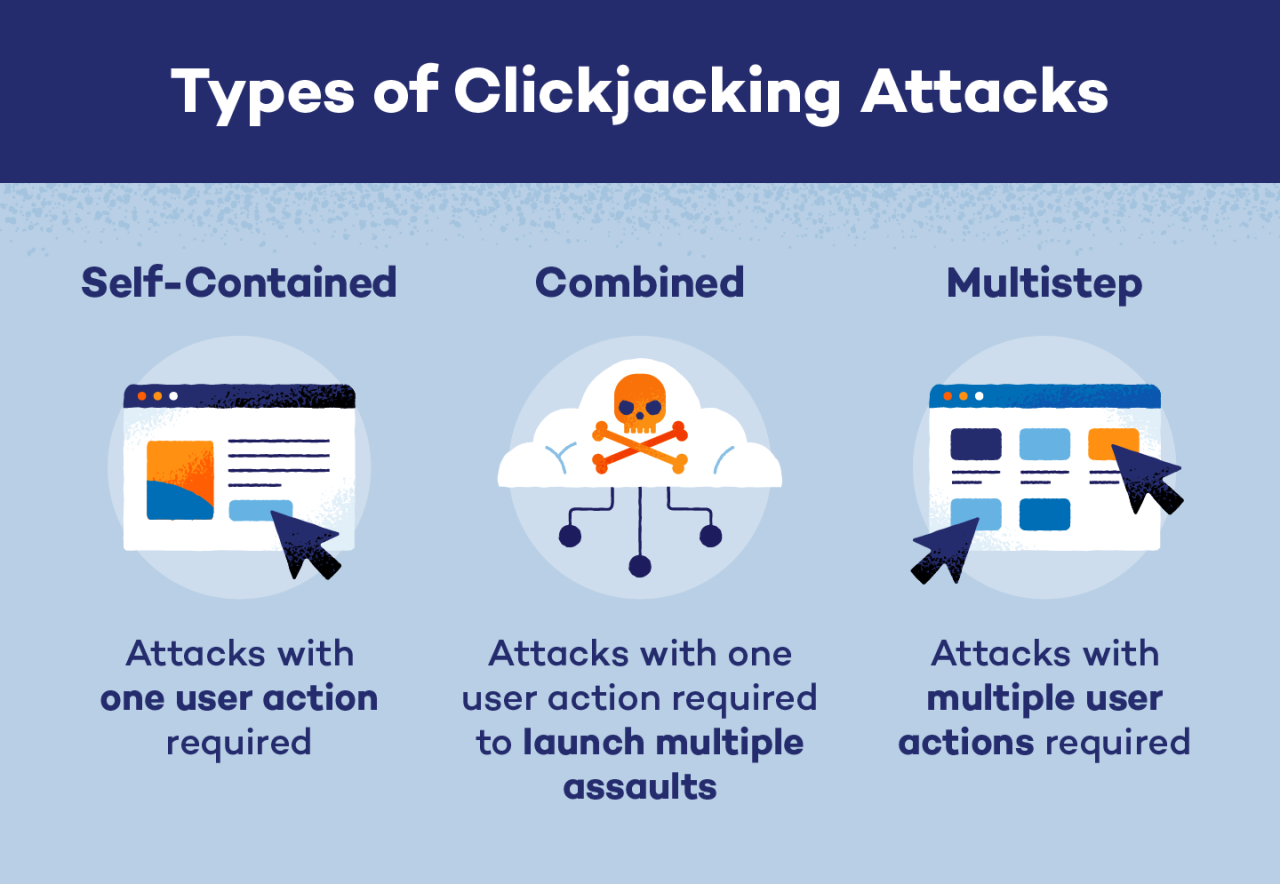Password Managers Under Attack: The New Clickjacking Threat You Need to Know

This diagram illustrates clickjacking, a technique used in dom based extension attacks to potentially expose password managers to credential and data theft. Understanding such vulnerabilities is crucial for user security.
In the ever-evolving world of cybersecurity, staying one step ahead of potential threats is crucial. Recently, a new vulnerability has been discovered that targets password manager browser extensions, potentially exposing millions of users to credential and data theft. This new technique is called "DOM-based extension clickjacking," and it's more sophisticated than traditional clickjacking attacks. Let's break down what this means and how you can protect yourself.
What is DOM-Based Extension Clickjacking?
Think of your browser extension like a helpful assistant that automatically fills in your passwords when you visit a website. Now, imagine a sneaky attacker tricking you into clicking on something that you didn't intend to. That's essentially what clickjacking is all about. Traditional clickjacking involves overlaying hidden elements on a webpage to trick users into clicking buttons or links they wouldn't normally click.
DOM-based extension clickjacking takes this a step further. It manipulates the Document Object Model (DOM) within the browser itself. The DOM is essentially the structure of a webpage. By manipulating it, attackers can trick the password manager extension into autofilling credentials on a malicious page, or even trigger unintended actions within the extension itself. It's like a puppeteer controlling your browser behind the scenes!
Why is this so dangerous? Because it bypasses many of the traditional defenses against clickjacking. HTTP headers like X-Frame-Options and Content-Security-Policy, which are designed to prevent websites from being embedded in iframes (a common clickjacking technique), don't offer protection against DOM-based attacks. This makes it a particularly challenging vulnerability to address.
Why Should You Care?
If you use a password manager, especially its browser extension, this vulnerability directly affects you. Security researcher Marek Tóth presented the findings at DEF CON 33, demonstrating how a single click on a malicious webpage could lead to credential theft. The research specifically focused on popular password manager browser add-ons, including 1Password and iCloud Passwords, all of which have been found to be susceptible to DOM-based extension clickjacking. Considering these extensions collectively have millions of users, the scale of the potential threat is significant.
Imagine visiting a seemingly harmless website, clicking a button, and unknowingly giving away your username, password, and even two-factor authentication codes to a malicious actor. The consequences could range from compromised email accounts and social media profiles to financial data theft. Scary, right?
What Can You Do to Stay Safe?
While the responsibility for fixing this vulnerability ultimately lies with the password manager developers, there are steps you can take to minimize your risk:
- Be cautious about clicking on links from unknown sources. Phishing attacks often use deceptive links to lure victims to malicious websites.
- Keep your browser and extensions up to date. Developers often release security patches to address known vulnerabilities.
- Enable two-factor authentication (2FA) wherever possible. Even if your password is compromised, 2FA adds an extra layer of security.
- Review your password manager's settings. Some password managers offer options to restrict autofilling to specific domains or require manual confirmation before filling credentials.
- Stay informed about the latest security threats. By being aware of the risks, you can make more informed decisions about your online security.
My Interpretation
The emergence of DOM-based extension clickjacking highlights the ongoing battle between security researchers and cybercriminals. As defenses improve, attackers constantly seek new and innovative ways to exploit vulnerabilities. This particular attack is concerning because it targets a tool that is designed to enhance security – the password manager. It underscores the importance of a multi-layered security approach and the need for constant vigilance. Password manager developers must prioritize addressing these vulnerabilities and implementing robust security measures to protect their users. The fact that this attack bypasses traditional clickjacking defenses signals that security strategies need to adapt to the new threat landscape.
